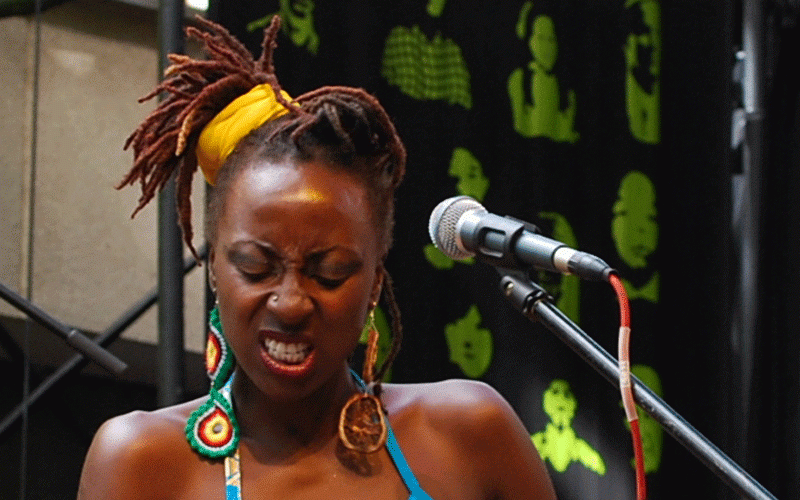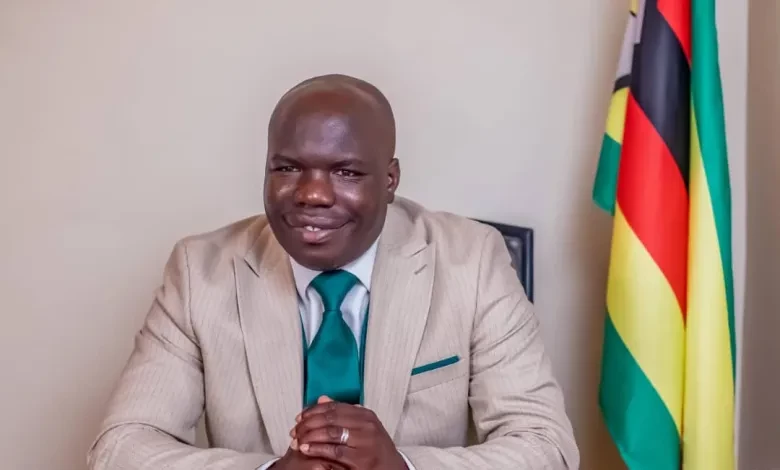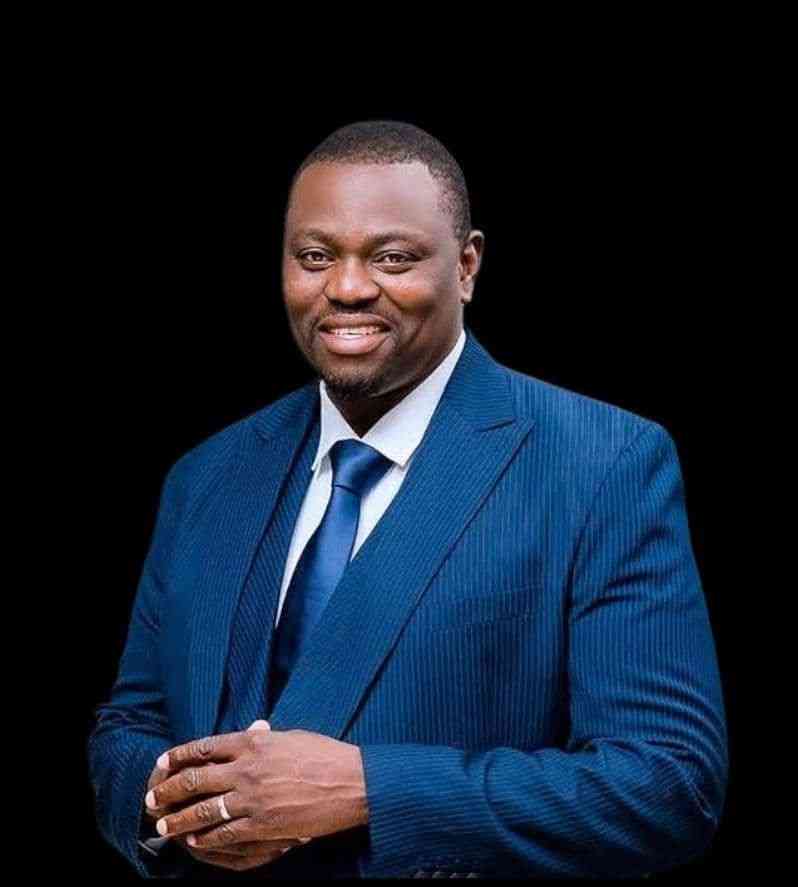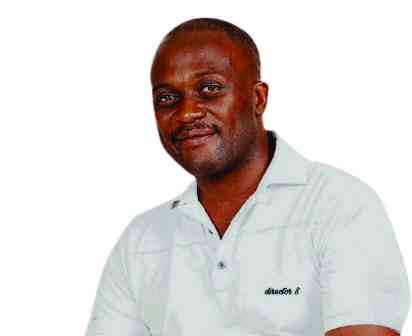
In an increasingly mechanised and digital world, the role of the artist as an organic person, and as someone who derives their creativity from a deep connection with their environment, culture, and inner life has never been more crucial.
This organic connection influences not only the way art is created but also how it resonates with audiences.
The concept of the artist as an organic person transcends the notion of art as mere craft or entertainment.
Instead, it roots the artist in a dynamic interplay between self-expression and the natural rhythms of life, community, and the broader socio-political landscape.
As an organic artist, I do not create just for the sake of creation. My work is deeply rooted in my lived experiences, cultural heritage, and emotional journey.
Like a tree drawing strength from the soil, my creativity is constantly nourished by everything around me like my environment, relationships, challenges, and victories.
It is this connection to life that fuels my inspiration, making my art feel authentic, relatable, and timeless to those who engage with it.
For example, traditional musicians in Africa and Asia often use their art to reflect the heartbeat of their societies.
- Byo artists gear up for Winky D, Jah Prayzah
- Letter from America: War in Ukraine not going well for the United States!
- Battle for Vic Falls supremacy
- PLAY BY PLAY EXPANDS OPERATIONS, MOVES INTO FOOTBALL
Keep Reading
Their songs speak of harvests, communal struggles, spirituality, and social justice.
Through instruments crafted from natural materials and rhythms inspired by the elements, these artists create works that feel organic, and inseparable from the world they inhabit.
Their music becomes a reflection of the land, weather patterns, and ancestral wisdom passed down through generations.
Art, to me, is like an umbilical cord, linking the artist to the world in a continuous exchange of life and energy.
Just as an umbilical cord nourishes and sustains life, art provides the essential connection between our inner selves and the external world.
It feeds our emotions, our thoughts, and our experiences, giving them form and meaning.
Through this bond, we not only sustain our own creative growth but also nourish those who engage with our work, sharing a piece of our vitality and perspective with every creation.
Like the cord, art is the lifeline that keeps us tied to our humanity, shaping and sustaining both the creator and the viewer.
In the modern context, artists who embrace this organic connection may focus on sustainability, using recycled materials or addressing environmental degradation in their art.
Their process is inherently tied to the concept of life in its purest forms working with nature rather than against it, expressing concern for the planet and the people who inhabit it.
The organic artist is also deeply introspective, understanding that art begins within.
The organic person is in tune with their emotions, psyche, and personal narrative, which all serve as rich soil from which creative works emerge.
In this sense, the artist's work is a manifestation of their inner journey be it their mental health struggles, personal identity, or emotional growth.
Such artists see themselves as constantly evolving, growing organisms whose work changes in tandem with their life experiences.
Vincent van Gogh is a prime example of this concept.
His works were direct reflections of his psychological state.
His bold strokes and intense colors were not just artistic choices but expressions of his mental turmoil and emotional intensity.
His artwork is organic, in that it grows directly from the life force of his emotions and experiences, making it timeless and universally powerful.
In literature, the works of poets like Sylvia Plath or Pablo Neruda offer similar examples.
Plath’s poetry is deeply autobiographical, drawing from her inner darkness and struggles with depression.
Neruda’s verses often mirror his profound connection with nature, love, and his political context. For both poets, the creation of art is a deeply organic process, intimately connected to their lived experience.
Another dimension of the artist as an organic person is their role in society which has a deep link with the thematic area of edutainment.
Art is not created in isolation; it is the product of interactions with culture, politics, and the community.
Organic artists are attuned to the needs and rhythms of the society they inhabit, reflecting the collective consciousness of their time while remaining sensitive to historical and cultural traditions.
In indigenous communities, artists are often seen as keepers of tradition.
They preserve cultural narratives through their craft, ensuring that future generations remain connected to their roots.
Their artistry is inextricably linked with the spiritual and communal life of the society.
Beadwork, storytelling, or ceremonial dance are more than aesthetic expressions as they are integral to the community's identity and survival.
This symbiosis between the artist and the community exemplifies the idea of the artist as an organic being, deeply intertwined with the social fabric.
Organic art is also marked by the process through which it is made.
For an organic artist, the creative process is as important as the finished product.
It is an iterative, evolving journey, but not a mechanical production line.
These artists often embrace spontaneity, imperfection, and experimentation, seeing creation as a fluid, living process.
This contrasts with the industrialised, commodified approach to art, where works are often mass-produced for commercial purposes.
The organic artist resists this. They value the slow, sometimes unpredictable nature of creation, allowing inspiration to grow naturally without forcing it into predefined molds.
They may work with their hands, use natural materials, or draw inspiration from raw, unprocessed experiences.
As an artist, I often find myself allowing my surroundings to guide the direction of my work.
Instead of imposing my will on the materials, I let them speak to me.
A sculptor, for example, might find that the grain of the wood suggests the form it wants to take, rather than forcing a preconceived design onto it.
When I imagine myself as a painter, I might respond to the ever-shifting light in my studio, allowing it to influence the colors and tones on my canvas.
Musicians, too, often find themselves responding to the sounds of their environment, weaving them into their compositions in ways that feel natural and spontaneous.
In this symbiotic existence, I have come to understand that being an artist means being deeply in tune with both the inner self and the world around me.
Art is not just about producing something; it is about expressing life itself, reflecting the complexities, struggles, joys, and nuances of what it means to be human.
When I create, I am drawing from my lived experiences, my culture, and my emotional landscape, and that’s why the work resonates so deeply with those who encounter it.
For me, the creative process flourishes when it is allowed to grow naturally, nurtured not just by my own hand but by the influences of my environment and community.
As society continues to evolve, I see my role as an artist not just as a creator but as a mirror and a catalyst for change, growth, and cultural continuity.
Creativity, much like life thrives when it is given room to breathe, to adapt, and to flourish organically.
- Raymond Millagre Langa is a musician, poet, orator, independent researcher and founder of Indebo edutainment Trust. You can follow on Facebook @Millagre Ray Langa, on X you can follow on #Millagre Langa, email - millagrepapito@gmail.com or indebotrust@gmail.com










